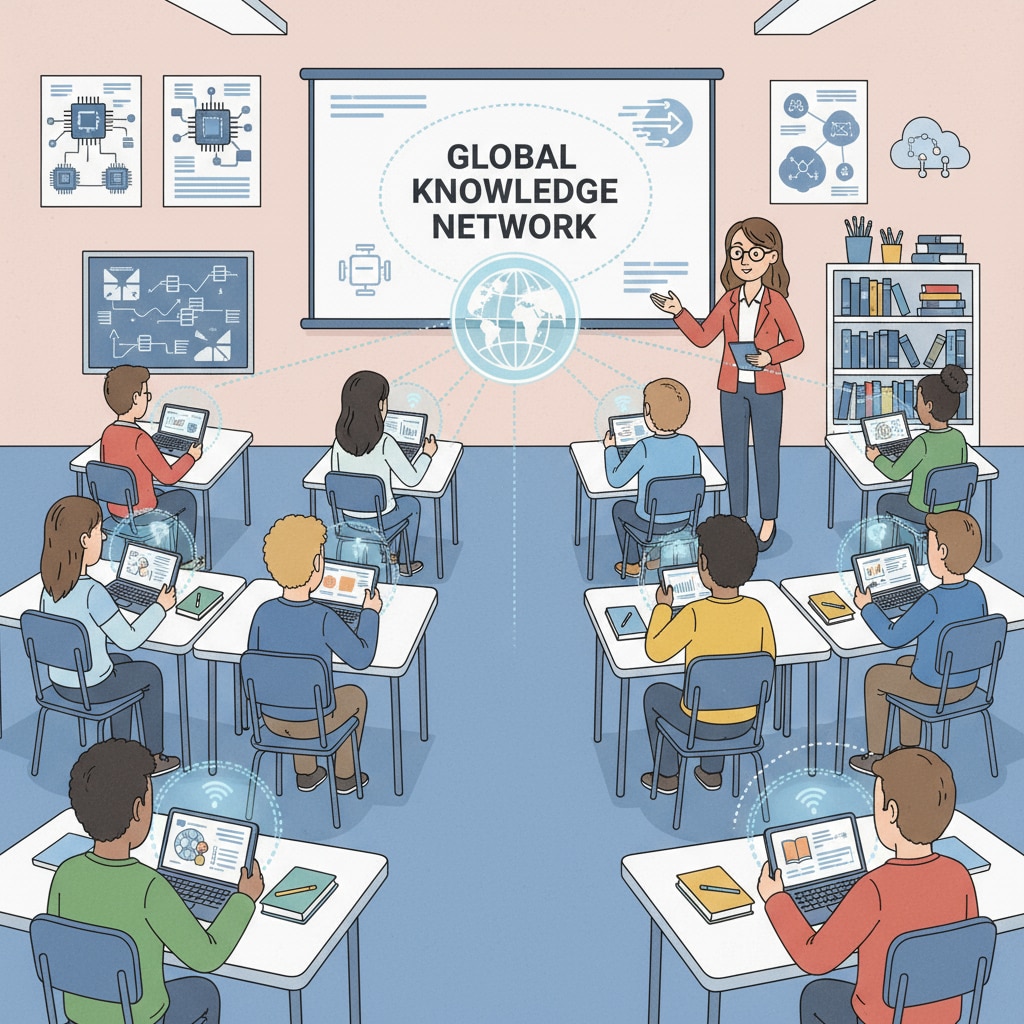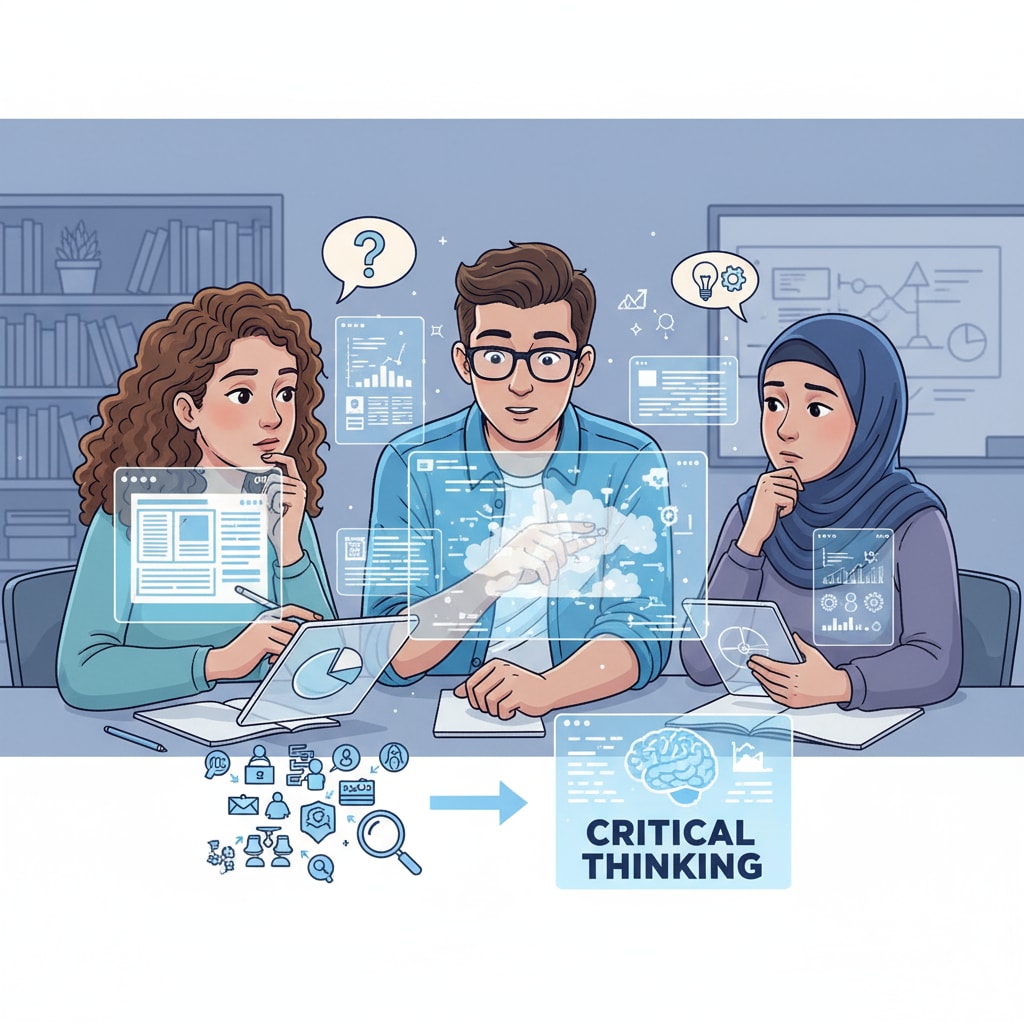In the information age, where education reform and values diversity are at the forefront, K12 education is undergoing a profound transformation. The digital revolution has brought an avalanche of information, presenting both challenges and opportunities for educators.

As students are exposed to a vast array of data from various sources, it becomes imperative to balance the delivery of educational content and the transmission of values.
The Digital Tsunami: Challenges for K12 Education
The information age has flooded K12 education with an overwhelming amount of data. Students now have access to information at their fingertips, via smartphones, tablets, and computers. However, not all of this information is accurate or beneficial. For example, false news and inappropriate content can easily find their way into students’ digital spaces. This poses a significant challenge to educators, who must help students develop critical thinking skills to sift through the noise and identify reliable sources. Critical thinking on Wikipedia

Values in the Digital Age: A Shifting Landscape
Values are no longer static in the digital age. With the rise of globalization and the interconnectedness of the world, values diversity has become the norm. Students are exposed to a wide range of cultural, social, and moral values. Educators need to navigate this complex landscape and help students develop a strong moral compass. They must teach values such as empathy, respect, and responsibility, which are essential for success in a diverse society. Values education on Britannica
To achieve this balance, educators can incorporate real-world examples and case studies into their lessons. By using current events and global issues, they can engage students in discussions about values and how they apply in different situations. This not only helps students understand the importance of values but also equips them with the skills to make informed decisions.
Readability guidance: In this article, we have explored the challenges of K12 education in the information age. We’ve seen how the digital tsunami impacts content delivery and how values are evolving. By focusing on critical thinking and value education, educators can help students thrive in this new era.


